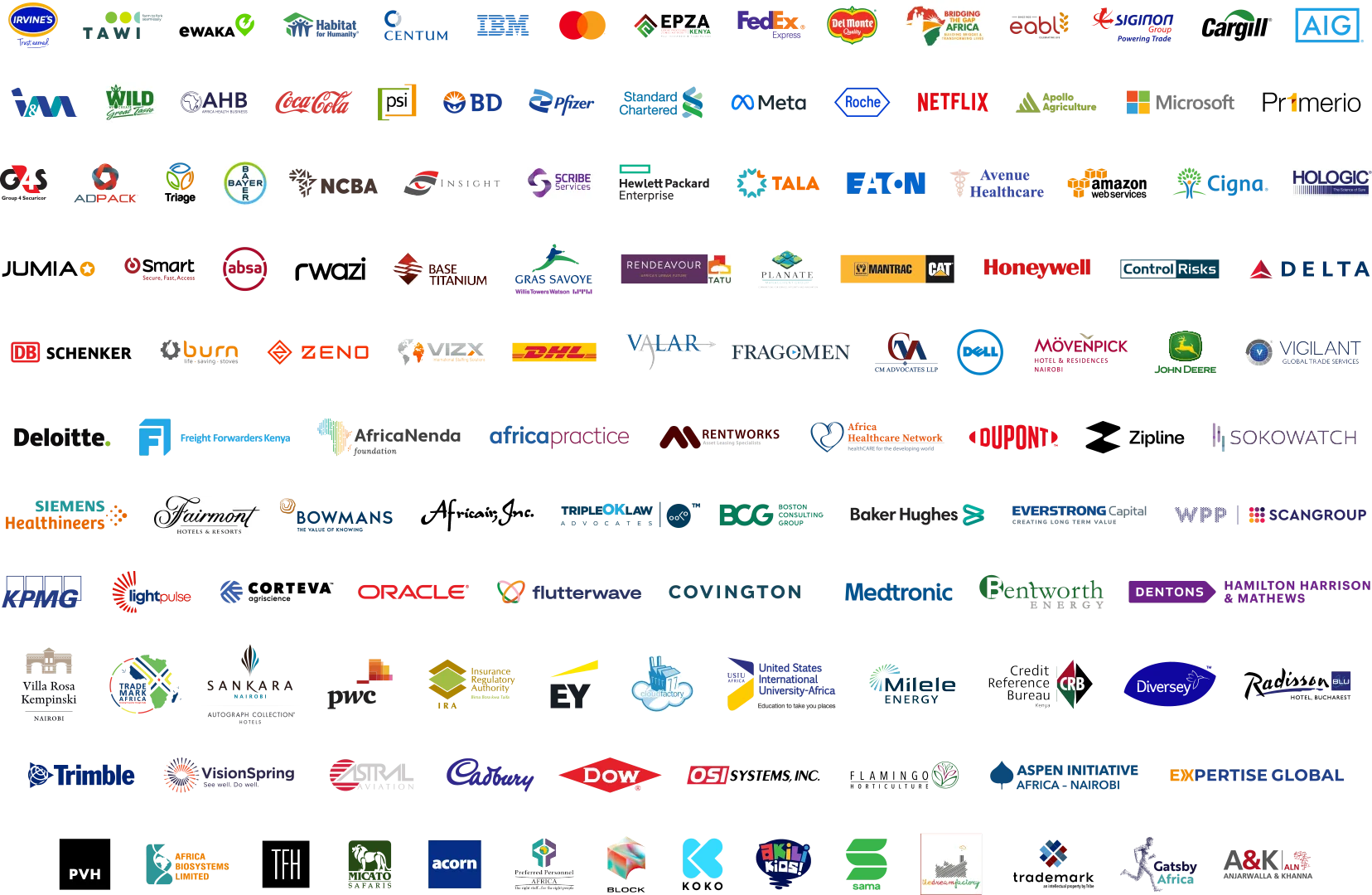This article and the accompanying report are taken directly from the source cited and do not neccesarily reflect the views of the American Chamber of Commerce Kenya
By: African Development Bank
The 2019 African Economic Outlook (AEO) analyses macroeconomic developments and prospects in Africa. The analysis shows that Africa’s GDP growth is estimated at 3.5 percent in 2018. Growth for 2019 and 2020 is projected at 4 and 4.1 percent, respectively, thanks to factors such as mild recovery in commodity prices, improved macroeconomic stability. However, this growth performance is not sufficient to address the challenges of structural transformation. A rebalancing of Africa’s imports from consumption to intermediate and capital goods is critical to help countries benefit from scale and scope economies, exploit knowledge transfers and promote structural transformation. Deep reforms in public financial management are also required to improve revenue mobilization, and ease debt vulnerabilities.
Africa still faces a huge job challenge and despite industry’s potential to create high-quality jobs, Africa has de-industrialized prematurely. There is thus an urgent need in creating job in higher productivity sectors by developing a strong manufacturing sector. However, this would not be achieved if constraints to doing business such as poor governance, low institutional quality, and inadequate infrastructure, continue limiting firm survival and dynamism with an estimated 1.3–3 million jobs lost (~2 percent of the new entrants to the labor force) every year. Reviving Africa’s industrialization particularly through regional industrial policies will be needed to benefit from externalities’ and agglomerations’ effects.
New and timely analytics show that the Continental Free Trade Agreement (CFTA) can offer substantial gains for all African countries. For instance, a first scenario where today’s applied bilateral tariffs are eliminated would bring an estimated gain of $2.8 billion in real income; and increase intra-African trade by 15 percent. Additionally removing nontariff barriers could increase total real income gains by $37 billion; and intra-African trade by 107.2 percent. Pushing further and implementing the World Trade Organization’s Trade Facilitation Agreement (TFA) would yield total gain of about $100 billion; and boost intra-African trade by 132.7 percent. To reach such a deep level of integration, further progress should be made on rules of origin, free movement of persons, financial governance frameworks, and regional public goods (infrastructure and regional bodies).
In its last part, the report provides short-to-medium term forecasts on the evolution of key macroeconomic indicators for all 54 regional member countries, as well as analysis on the state of socio-economic challenges and progress made in each country. This adds granularity to the more aggregated analysis conducted in the first part of the report.
Source: Africa Development Bank







